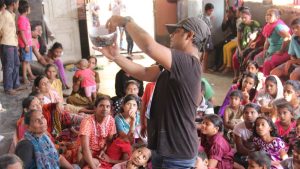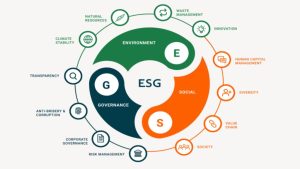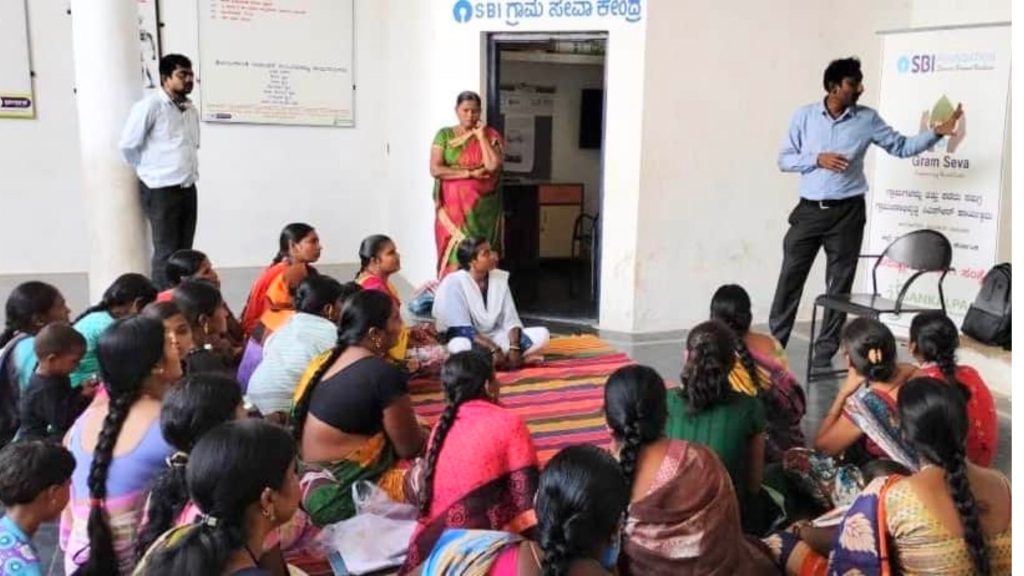
Urban to Rural Knowledge Exchange Initiatives
Urban to rural knowledge exchange initiatives hold immense potential in bridging the gap between urban and rural areas, encouraging mutual learning and sustainable development.
In many parts of the world, urbanization has led to an increase in resources, opportunities, and expertise in cities, while rural areas often lag behind in access to education, healthcare, and economic opportunities.
This urban-rural disparity can influence overall national development and worsen social and economic inequalities.
In the India, this gap is observable, with rapid urbanization leading to significant disparities in living standards and access to basic services between urban and rural regions.
As India strives for all-round growth and development, there is a growing acceptance of the importance of facilitating knowledge exchange between urban and rural areas to utilize the strengths of both and address the unique challenges they face.
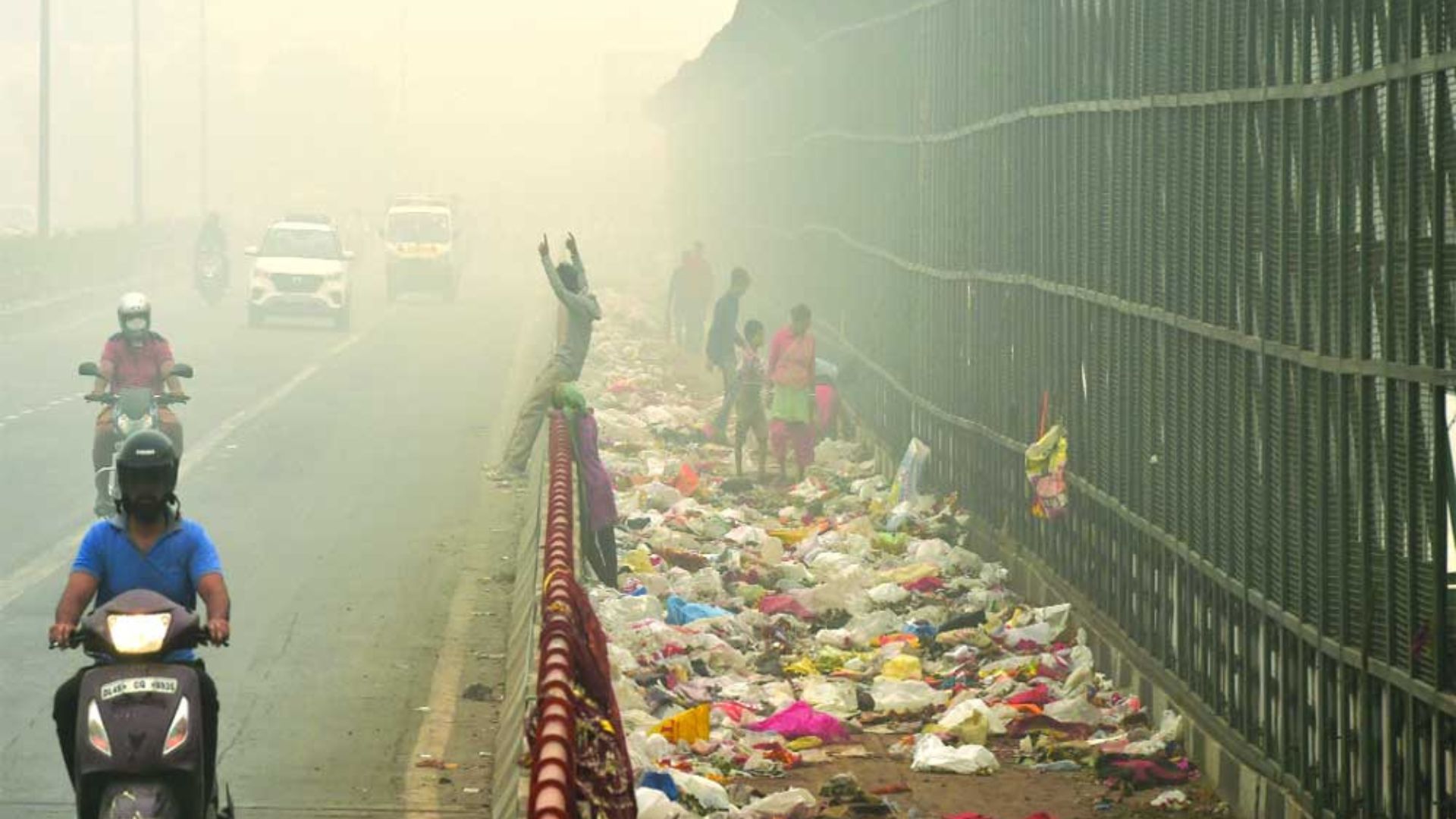
Solid Waste on the streets of Kanpur, India
Urban areas, busy with activity and growth, face a plenty of challenges such as pollution, urban poverty to waste management and resource depletion.
And Rural communities, often deprived from the benefits of modernization with issues like limited access to education, healthcare, and sustainable livelihoods.
List of Challenges in Urban Areas, India.
1.Overpopulation:
India’s urban population is projected to reach 600 million by 2031, according to the United Nations Department of Economic and Social Affairs. (Source: UN DESA World Urbanization Prospects 2018)
Mumbai, Delhi, and Kolkata are among the world’s top 10 most populous cities, according to the World Population Review.
India’s cities are rapidly growing, highlighting the urgent need for improved urban planning and infrastructure.
2.Inadequate Infrastructure:
According to the Ministry of Housing and Urban Affairs, around 29% of urban households in India do not have access to toilets.
The World Bank estimates that India needs to invest $1.5 trillion in infrastructure over the next decade to meet its urbanization needs.
3.Housing Shortage and Slums:
As per the Census of India 2011, around 17% of urban households live in slums.
The Ministry of Housing and Urban Affairs estimates a shortage of over 18 million housing units in urban areas.
4.Traffic Congestion and Air Pollution:
Delhi, India’s capital, ranks among the top cities in the world for air pollution, with particulate matter (PM2.5) levels far exceeding the WHO guidelines. (Source: World Air Quality Report 2020)
Traffic congestion in Mumbai costs the city approximately $22 billion annually in terms of fuel wastage and productivity loss, according to a study by the Boston Consulting Group(BCG)
5.Water Scarcity and Quality:
The NITI Aayog’s Composite Water Management Index (CWMI) 2019 report states that 21 major cities in India will run out of groundwater by 2020.
According to the Central Pollution Control Board, only 49% of sewage generated in urban areas is treated before being discharged into water bodies.
List of Challenges in Rural Areas, India.
1.Agricultural Dependence:
According to the Ministry of Agriculture & Farmers Welfare, agriculture employs approximately 50% of the total workforce in India.
Small and marginal farmers, who own less than 2 hectares of land, account for 86% of total farm households in India, highlighting the prevalence of small landholdings.
(Source: Situation Assessment Survey of Agricultural Households, NSS 70th Round, Ministry of Statistics and Programme Implementation, Government of India)
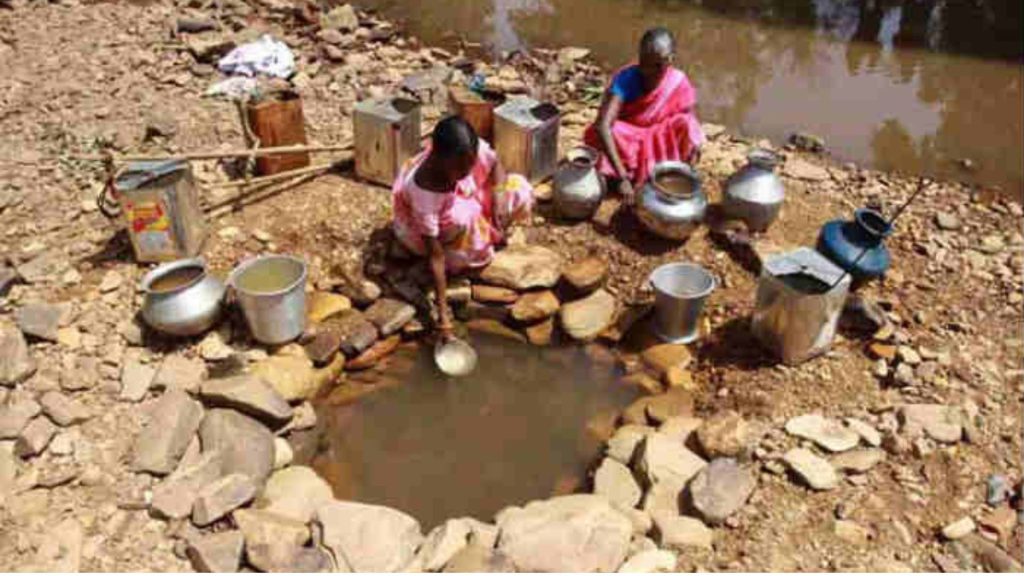
Lack of Facilities in Rural Areas
2.Poverty and Unemployment:
The Poverty Ratio in rural areas of India was estimated at 25.7% in 2019-20, compared to 13.7% in urban areas, according to the National Statistical Office.
The unemployment rate in rural India was 6.9% in 2019-20, higher than the urban unemployment rate of 5.8%. (Source: Periodic Labour Force Survey 2019-20, National Statistical Office, Ministry of Statistics and Programme Implementation, Government of India)
3.Lack of Basic Infrastructure:
According to the Ministry of Rural Development, Government of India, as of April 2021, 58.2% of rural habitations have fully covered piped water supply.
The Pradhan Mantri Gram Sadak Yojana (PMGSY) has constructed over 6.7 lakh kilometers of roads in rural areas since its inception in 2000. (Source: Ministry of Rural Development, Government of India)
4.Healthcare Accessibility:
As per the National Health Profile 2019, there is one government doctor for every 10,926 people in rural India, indicating a significant shortage of healthcare professionals.
Only 23% of rural households in India have access to piped water within premises, according to the National Family Health Survey (NFHS-5) conducted in 2019-20.
5.Educational Disparities:
According to the District Information System for Education (DISE) 2019-20, the Gross Enrollment Ratio (GER) for primary education in rural areas was 102.41%, indicating near-universal enrollment. However, dropout rates remain a concern.
The Student-Classroom Ratio in rural areas of India is 31:1 at the elementary level, indicating overcrowded classrooms.
6.Migration and Urbanization:
The Census of India 2011 reported that the annual growth rate of the urban population (2.76%) was higher than that of the rural population (0.77%), indicating rural-to-urban migration.
According to the World Bank, India’s rural-urban migration rate is among the highest in the world, with an estimated 22 million people migrating annually
7.Environmental Degradation:
The Indian Council of Agricultural Research (ICAR) estimates that 15% of India’s land is degraded, primarily due to deforestation, soil erosion, and unsustainable agricultural practices.
The Ministry of Environment, Forest and Climate Change, Government of India, reports that only 40% of rural households have access to improved sanitation facilities.
General Solutions For The Problems
For Urban Areas:
- Affordable Housing: Implement policies to make housing affordable for low-income residents through subsidies, incentives for developers, and regulations to prevent land speculation.
- Public Health Initiatives: Improve healthcare facilities in cities to ensure everyone has access to quality medical services.
- Air Quality Improvement: Reduce air pollution by promoting cleaner fuels, enhancing public transportation, enforcing emission standards, and increasing green spaces.
- Water Management: Enhance water management practices like rainwater harvesting and wastewater recycling to ensure clean water access for all.
- Waste Management: Strengthen waste management systems, including segregation, recycling, and awareness programs to reduce waste generation.
For Rural Areas:
- Agricultural Diversification: Promote modern farming techniques and access to credit and markets to increase agricultural productivity.
- Rural Employment Generation: Create rural job opportunities through skill development, entrepreneurship training, and support for industries and micro-enterprises.
- Healthcare Access: Strengthen rural healthcare infrastructure and services to provide quality medical care for rural communities.
- Education Access: Improve access to quality education by enhancing school infrastructure and promoting enrollment and retention.
- Natural Resource Management: Implement sustainable practices like watershed management and afforestation to address environmental degradation.
- Livelihood Diversification: Encourage non-farm income-generating activities to reduce dependence on agriculture and enhance economic resilience.
The Role of CSR and ESG Initiatives
Corporate Social Responsibility (CSR) and Environmental, Social, and Governance (ESG) initiatives play important roles in reducing the gap between urban and rural areas in India.
These programs are powerful tools for promoting sustainable development and social inclusion. They focus on addressing the causes of disparity and bringing about positive change in both urban and rural communities.
Through CSR and ESG initiatives, corporations utilize their resources, expertise, and technology to make a difference.
These programs aim to bridge the gap by providing support in areas such as education, healthcare, infrastructure, and livelihood opportunities.
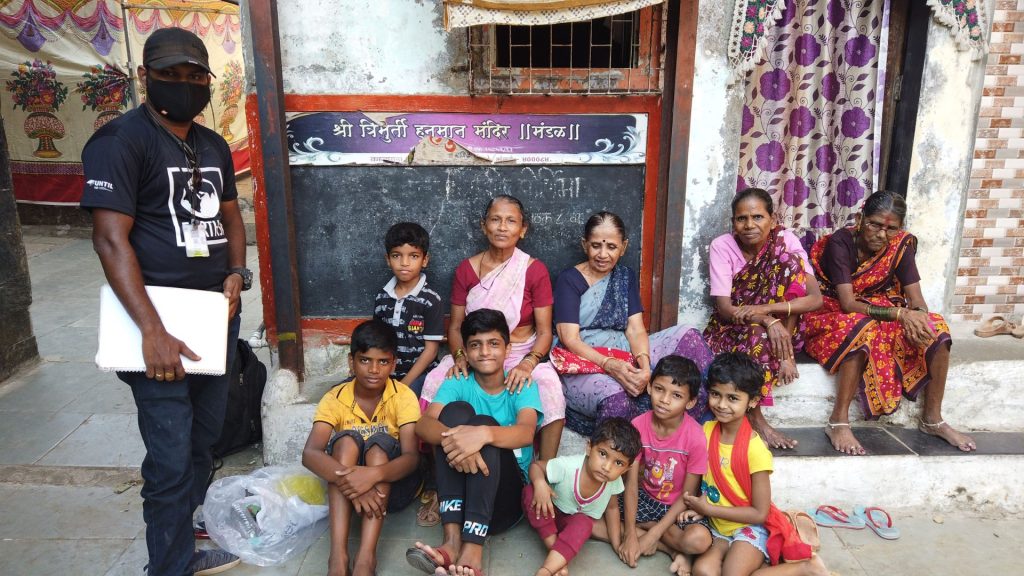
Earth5R’s CSR Initiative, Community Training Waste Segregation & Recycling
By investing in these initiatives, companies contribute to the overall well-being of society and help create a more equitable future for all.
Companies are increasingly recognizing the importance of environmental conservation and responsible business practices.
By integrating environmental considerations into their operations, companies can reduce their carbon footprint, conserve natural resources, and contribute to a healthier environment for current and future generations.
CSR and ESG initiatives promote social inclusion by empowering deprived communities and ensuring that everyone has access to opportunities and resources.
Companies may support skill development programs, entrepreneurship initiatives, or women’s empowerment projects in rural areas to create pathways for economic advancement and social mobility.
By aligning their business goals with societal needs, companies can drive meaningful change and contribute to the overall development of the country. CSR and ESG initiatives serve for positive transformation, collaboration between the corporate sector, government, NGOs, and local communities. Together, these stakeholders can work towards building a more equitable, sustainable, and inclusive society for all Indians, irrespective of their location or background.
Impactful Initiatives By Earth5R
Education Outreach Programs: Earth5R collaborates with local authorities and NGOs to establish schools and educational centers in rural areas.
These initiatives aim to improve access to quality education and equip rural youth with the skills and knowledge needed for a better future.
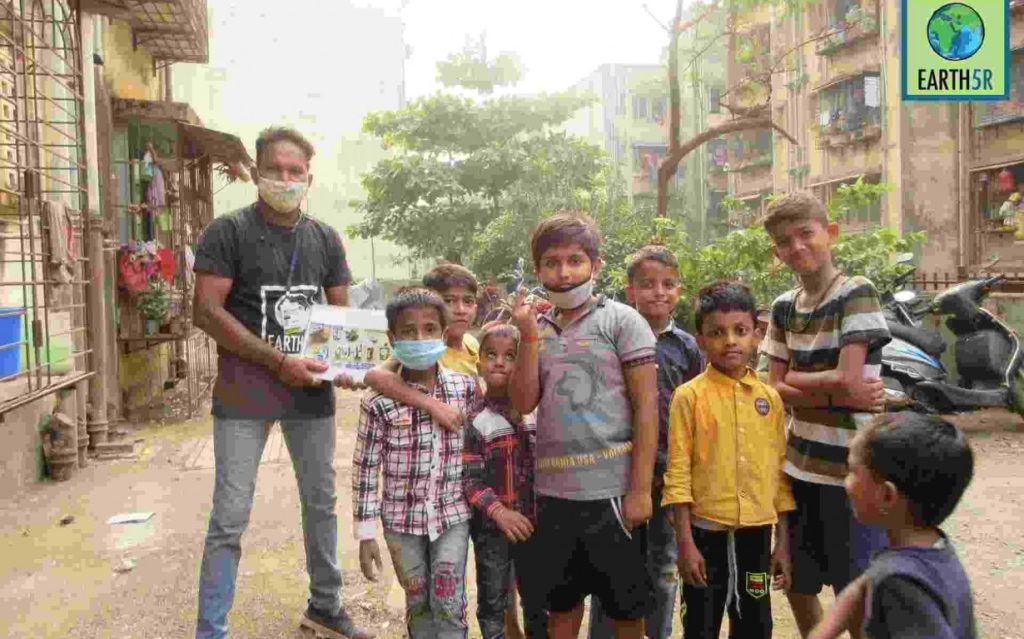
An Earth5R Member Trains Children About Plastic Waste Segregation & Plastic Waste Management
Healthcare Initiatives: Earth5R’s CSR initiatives focus on providing healthcare services and medical facilities in underserved rural areas.
Mobile health clinics, vaccination drives, and awareness campaigns play a crucial role in improving healthcare outcomes and reducing disparities in access to medical care.
Livelihood Generation Projects: Earth5R invests in skill development programs, agricultural initiatives, and entrepreneurship ventures to create sustainable livelihood opportunities in rural communities.
Earth5R’s Sustainable livelihood Project
Earth5R, in collaboration with a designer, created ‘Coffee Dolls’ using fabric scraps and coffee grinds.
Women in slums were trained to make these dolls, leading to the establishment of a small independent business.
The dolls are sold to retailers, providing a sustainable source of income for the women involved.
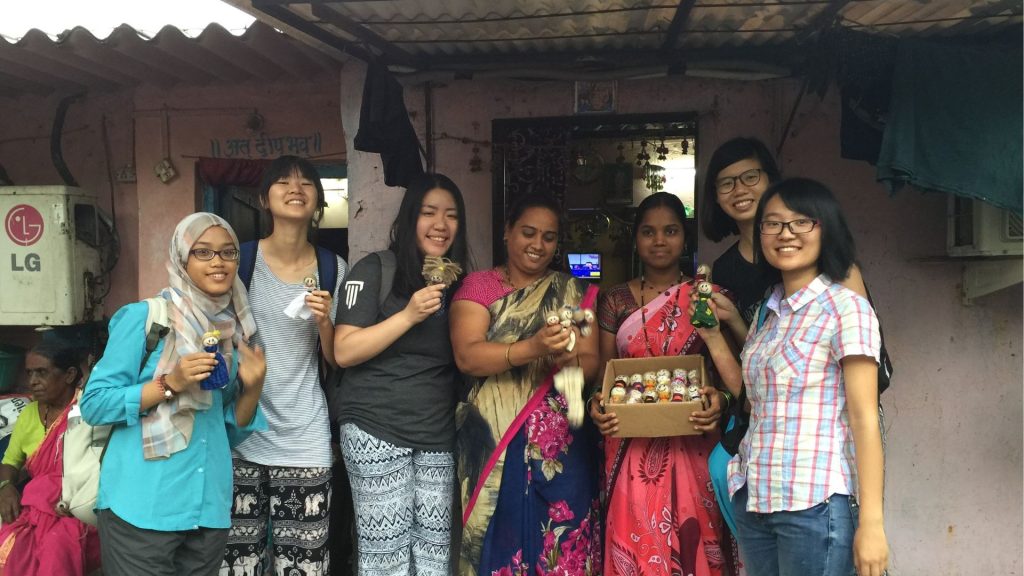
Earth5R’s Global Volunteers At Mumbai Training Women On Upcycling Skills
By empowering individuals with the means to generate income locally, these initiatives contribute to poverty alleviation and economic empowerment.
Skill Development Programs: Earth5R’s Skill development initiatives aims to empower rural youth with marketable skills and knowledge, enabling them to secure employment opportunities and contribute to economic growth.
Initiatives also focus on deploying digital solutions such as mobile apps, e-learning platforms, and telemedicine services to improve rural livelihoods and facilitate socio-economic development.
Earth5R App
Earth5R uses a special phone app to keep track of all the good things people are doing for the environment.
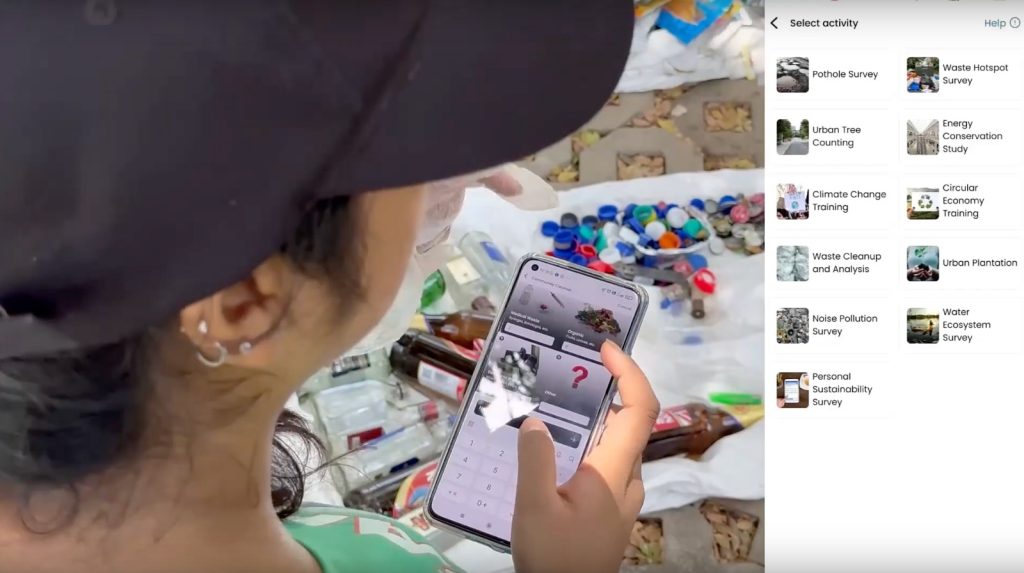
Earth5R’s App
This app helps users see how projects to improve Urban to Rural Knowledge Exchange Initiatives are going. It also lets people join campaigns to learn more about keeping things clean.
Users can find helpful information on how to make sanitation practices more sustainable. The app is smart because it uses data to see how well things are going and to make sure projects are working as they should.
All these initiatives have resulted in enhanced access to education and healthcare, increased environmental awareness, and the creation of livelihood opportunities in rural communities.
Earth5R’s urban to rural knowledge exchange initiatives shows the transformative impact of CSR and ESG programs in promoting sustainable development and supporting community resilience.
Together, we can build a more connected and prosperous society, where knowledge and opportunities remain for every individual, regardless of their location.
Join Earth5R in shaping a future where urban and rural communities thrive together, united by a shared vision of progress and prosperity.

